Understanding the functional consequences of biodiversity loss is critical but we need to be clear about what type of biodiversity change we are measuring and to focus on the loss of stably coexistin…
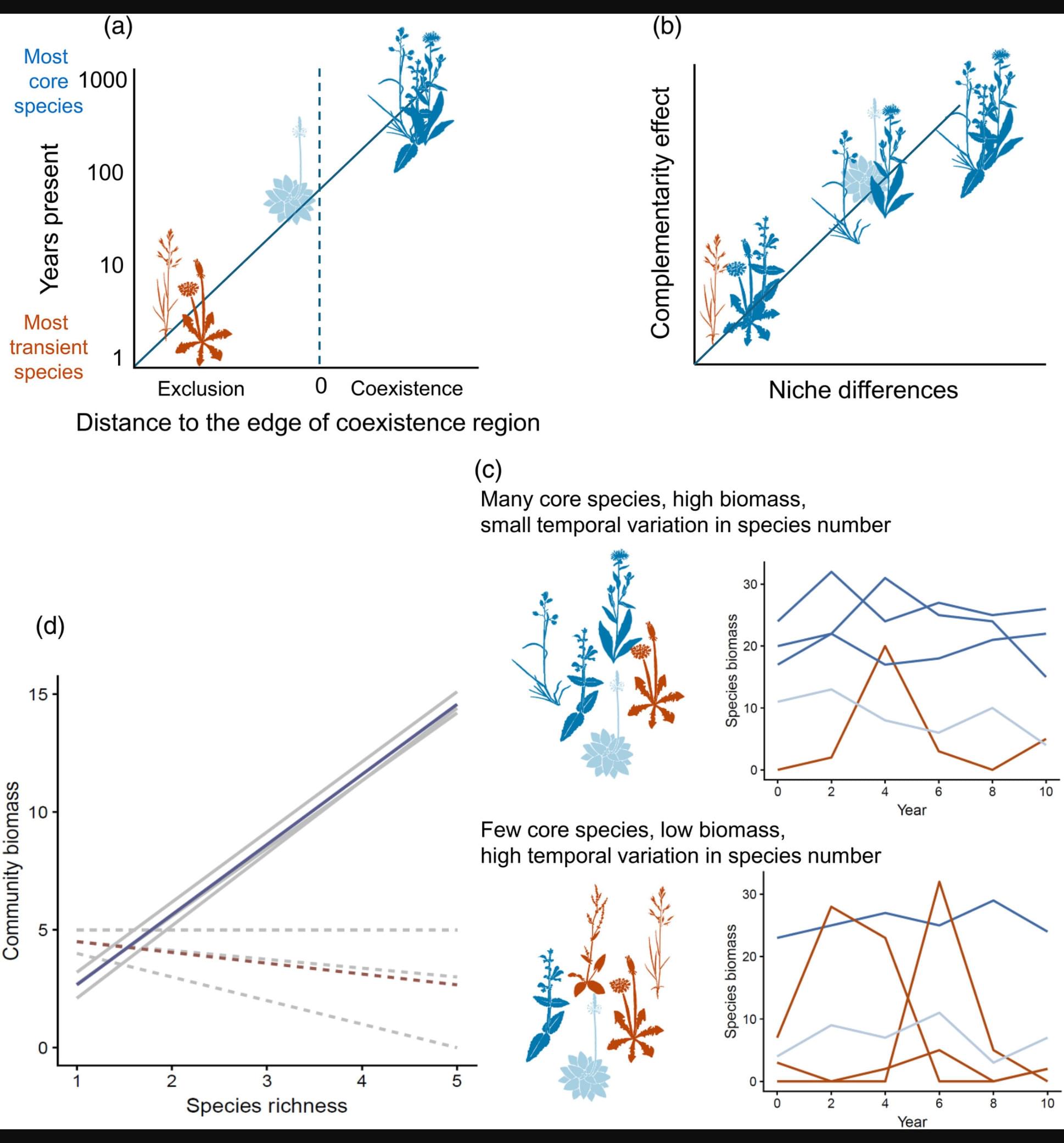

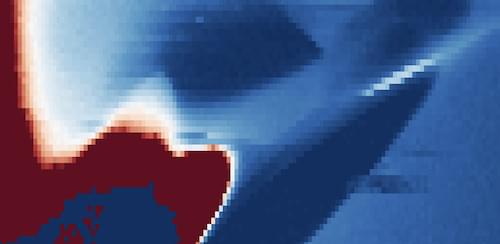
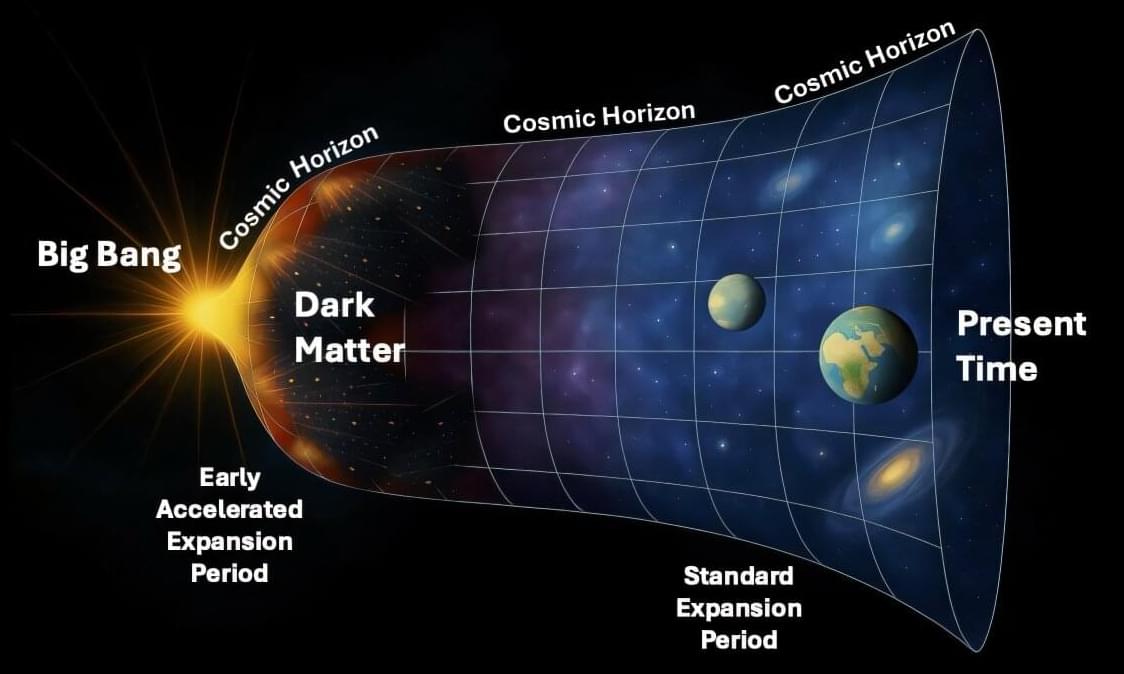
Two recent studies by Professor Stefano Profumo at the University of California, Santa Cruz, propose theories that attempt to answer one of the most fundamental open questions in modern physics: What is the particle nature of dark matter?
Science has produced overwhelming evidence that the mysterious substance, which accounts for 80% of all matter in the universe, exists. Dark matter’s presence explains what binds galaxies together and makes them rotate. Findings such as the large-scale structure of the universe and measurements of the cosmic microwave background also prove that something as-yet undetermined permeates all that darkness.
What remains unknown are the origins of dark matter, and hence, what are its particle properties? Those weighty questions primarily fall to theoretical physicists like Profumo. And in two recent papers, he approaches those questions from different directions, but both centered on the idea that dark matter might have emerged naturally from conditions in the very early universe—rather than dark matter being an exotic new particle that interacts with ordinary matter in some detectable way.

In the everyday world that humans experience, objects behave in a predictable way, explained by classical physics. One of the important aspects of classical physics is that nothing travels faster than the speed of light. Even information is subject to this rule. However, in the 1930s, scientists discovered that very small particles abide by some very different rules. One of the more mind-boggling behaviors exhibited by these particles was quantum entanglement—which Albert Einstein termed “spooky action at a distance.”
In quantum entanglement, two particles can become entangled—meaning their properties are correlated with each other and measuring these properties will always give you opposite results (i.e., if one is oriented up, the other must be down). The strange part is that you still get correlated measurements instantaneously, even if these particles are very far away from each other.
If information cannot travel faster than the speed of light, then there should not be a way for one particle to immediately know the state of the other. This “spooky” quantum property is referred to as “nonlocality”—exhibiting effects that should not be possible at large distances in classical mechanics.
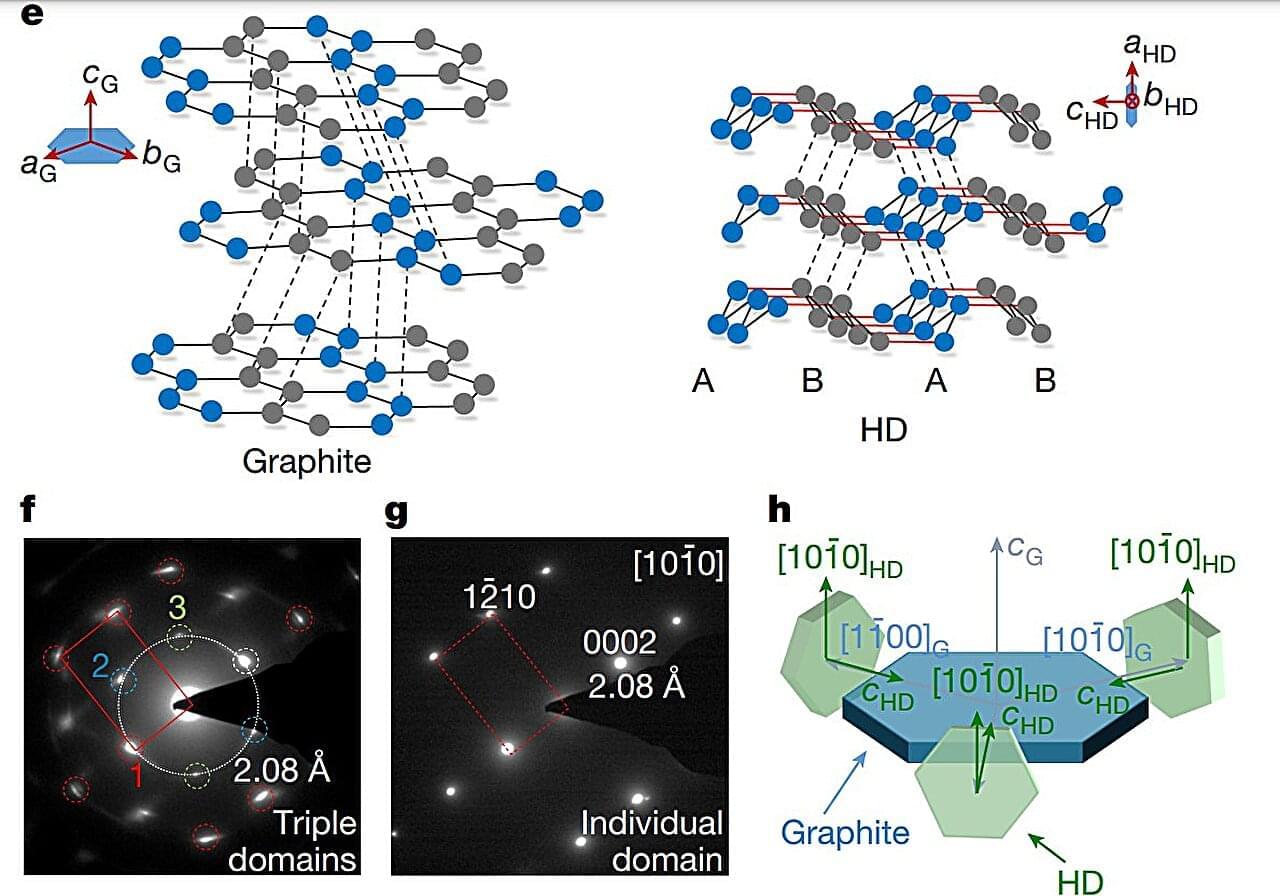
The brilliantly shiny diamond is more than just pretty; it’s one of the hardest minerals on Earth, with a name derived from the Greek word adámas, meaning unbreakable. Scientists have now engineered a harder form of diamond known as bulk hexagonal diamond (HD)—a crystalline structure that has been theorized for over half a century to have physical properties superior to those of conventional diamond.
In a study published in Nature, researchers from China synthesized bulk hexagonal diamond, ranging from 100-µm-sized to mm-sized, with a highly ordered structure by compressing and heating high-quality graphite single crystals under pressure conditions as uniform as possible.
The designed material, which was recoverable under ambient conditions, unveiled the previously elusive structural world of HD, opening new avenues for exploring its potential as a technologically superior material.

A major international study has found that when it comes to choosing a long-term partner, people across the globe consider not just how many sexual partners someone has had, but also when those encounters took place.
This is the first time researchers have explored the timing of sexual history alongside quantity—offering a fresh perspective on human mating psychology. The study is published in the journal Scientific Reports.
Led by Swansea University, the study surveyed more than 5,000 participants from 11 countries across five continents. It found that people were generally less willing to commit to someone with a high number of past sexual partners but were more open if those encounters had become less frequent over time, suggesting a shift away from casual sex.
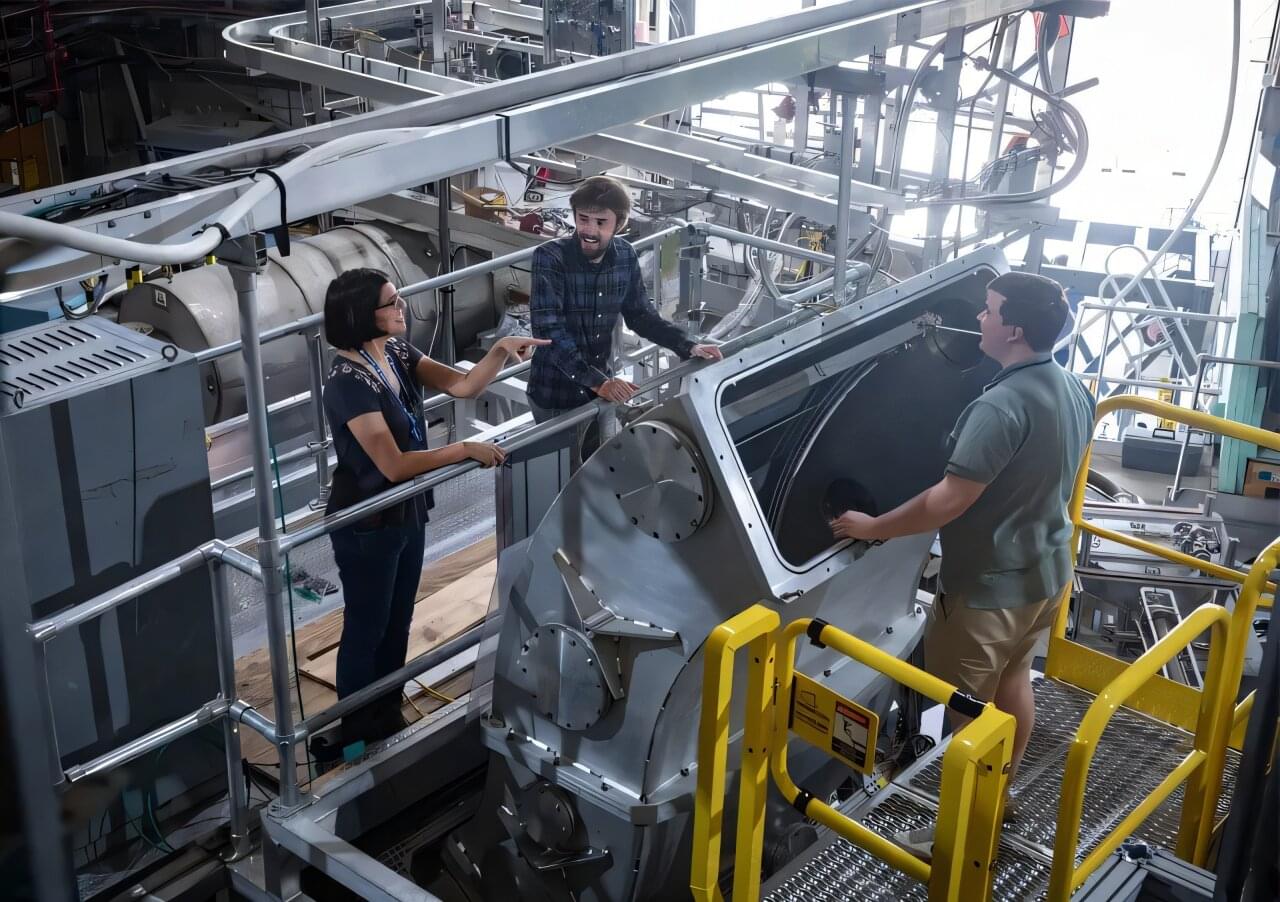
Incorporated into every aspect of everyday life, the neutron is a fundamental particle of nature. Now, a research collaboration led by Los Alamos National Laboratory has improved the precision of free neutron lifetime measurements. The team’s results highlight the success of the UCNTau experiment’s design and previews the effectiveness of new techniques and approaches that the team is incorporating into the next generation of the experiment.
“The precise lifetime of free neutrons is at the center of still-contested physics questions,” said Steven Clayton, physicist at Los Alamos. “Understanding the neutron lifetime can be used to test the nature of the weak force, one of the fundamental forces of the universe, and can also help search for physics beyond the Standard Model.
Our results here validate the UCNtau experimental approach and point the way toward design improvements that will further enhance our understanding of the physics involved.
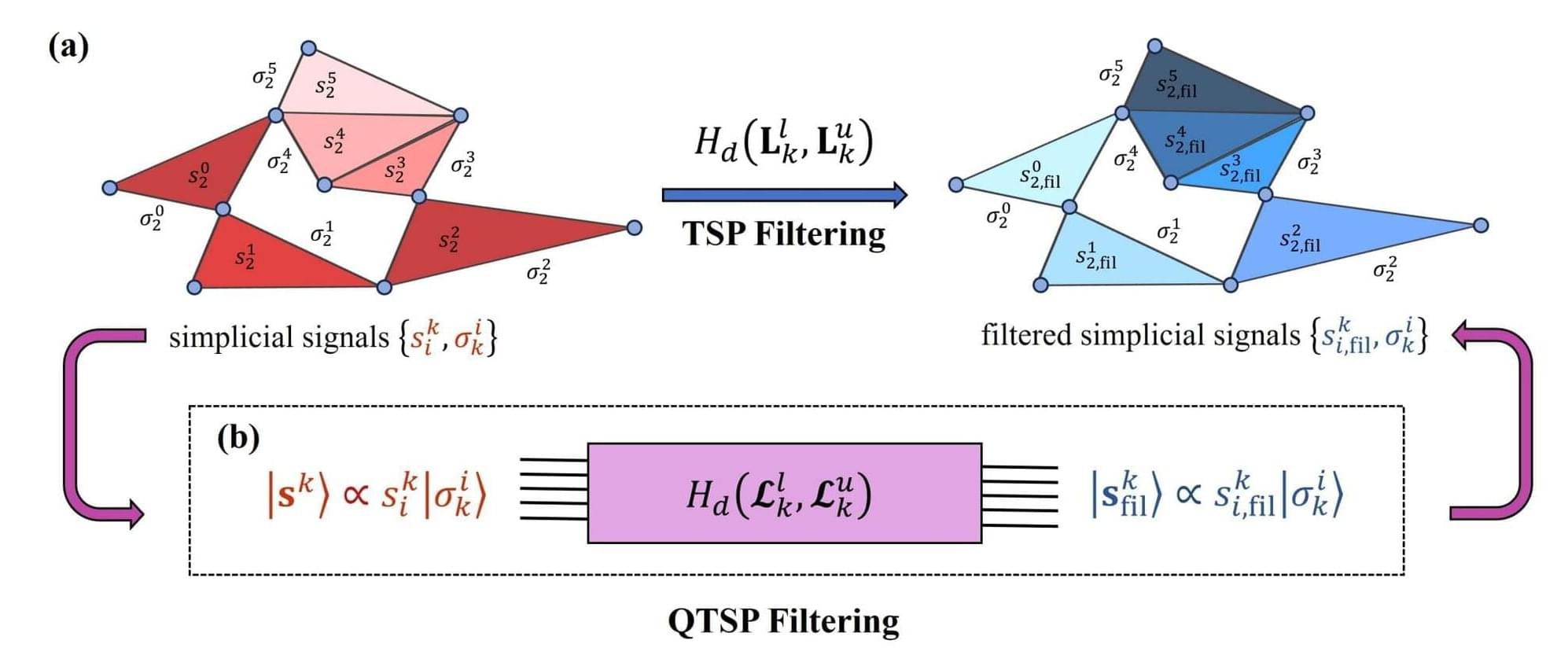
Whenever we mull over what film to watch on Netflix, or deliberate between different products on an e-commerce platform, the gears of recommendation algorithms spin under the hood. These systems sort through sprawling datasets to deliver personalized suggestions. However, as data becomes richer and more interconnected, today’s algorithms struggle to keep pace with capturing relationships that span more than just pairs, such as group ratings, cross-category tags, or interactions shaped by time and context.
A team of researchers led by Professor Kavan Modi from the Singapore University of Technology and Design (SUTD) has taken a conceptual leap into this complexity by developing a new quantum framework for analyzing higher-order network data.
Their work centers on a mathematical field called topological signal processing (TSP), which encodes more than connections between pairs of points but also among triplets, quadruplets, and beyond. Here, “signals” are information that lives on higher-dimensional shapes (triangles or tetrahedra) embedded in a network.
What if particles don’t slow down in a crowd, but move faster? Physicists from Leiden worked together and discovered a new state of matter, where particles pass on energy through collisions and create more movement when packed closely together.
We all know crowds of people, or cars in a traffic jam—when it gets too crowded, all you can do is stand still. Until now, scientists have mainly studied cases of large groups just like this, which slow down when they get too close to each other.
But what if the opposite happens? What if particles could start moving more when packed together? That question hadn’t been studied much—until now. Physicists Marine Le Blay, Joshua Saldi and Alexandre Morin from Leiden University do research in the field of active matter physics—they observe and analyze the collective behaviors that emerge when large groups of particles are packed together.
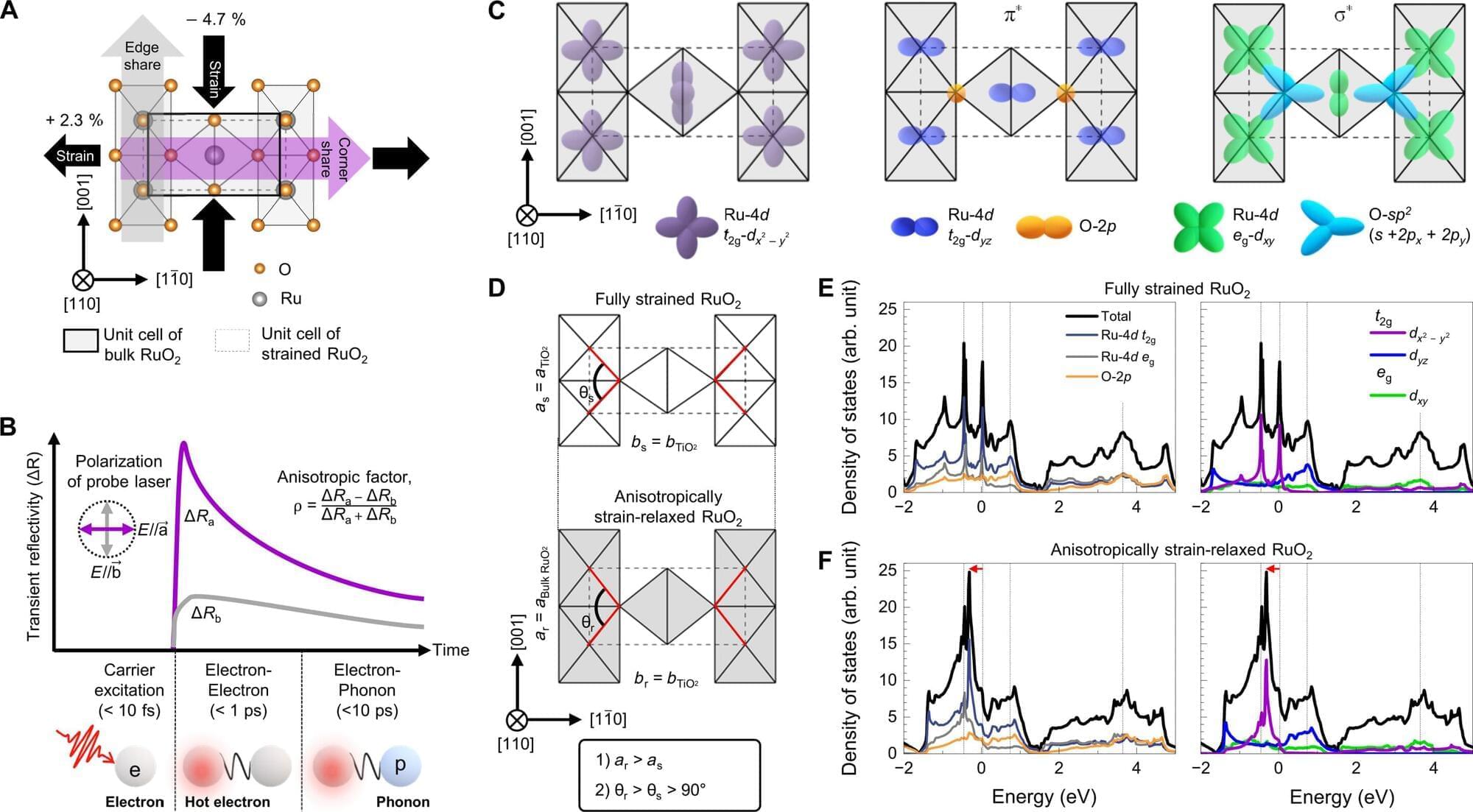
In a major step toward next-generation electronics, researchers at the University of Minnesota Twin Cities have discovered a way to manipulate the direction of charge flow in ultrathin metallic films at room temperature using light. This discovery opens the door to more energy-efficient optical sensors, detectors, and quantum information devices.
The research is published in Science Advances.
The team showed that ultra-thin layers of ruthenium dioxide (RuO2), grown on titanium dioxide (TiO2), can be made to behave differently depending on direction—both in how they respond to light and how electricity moves through them.